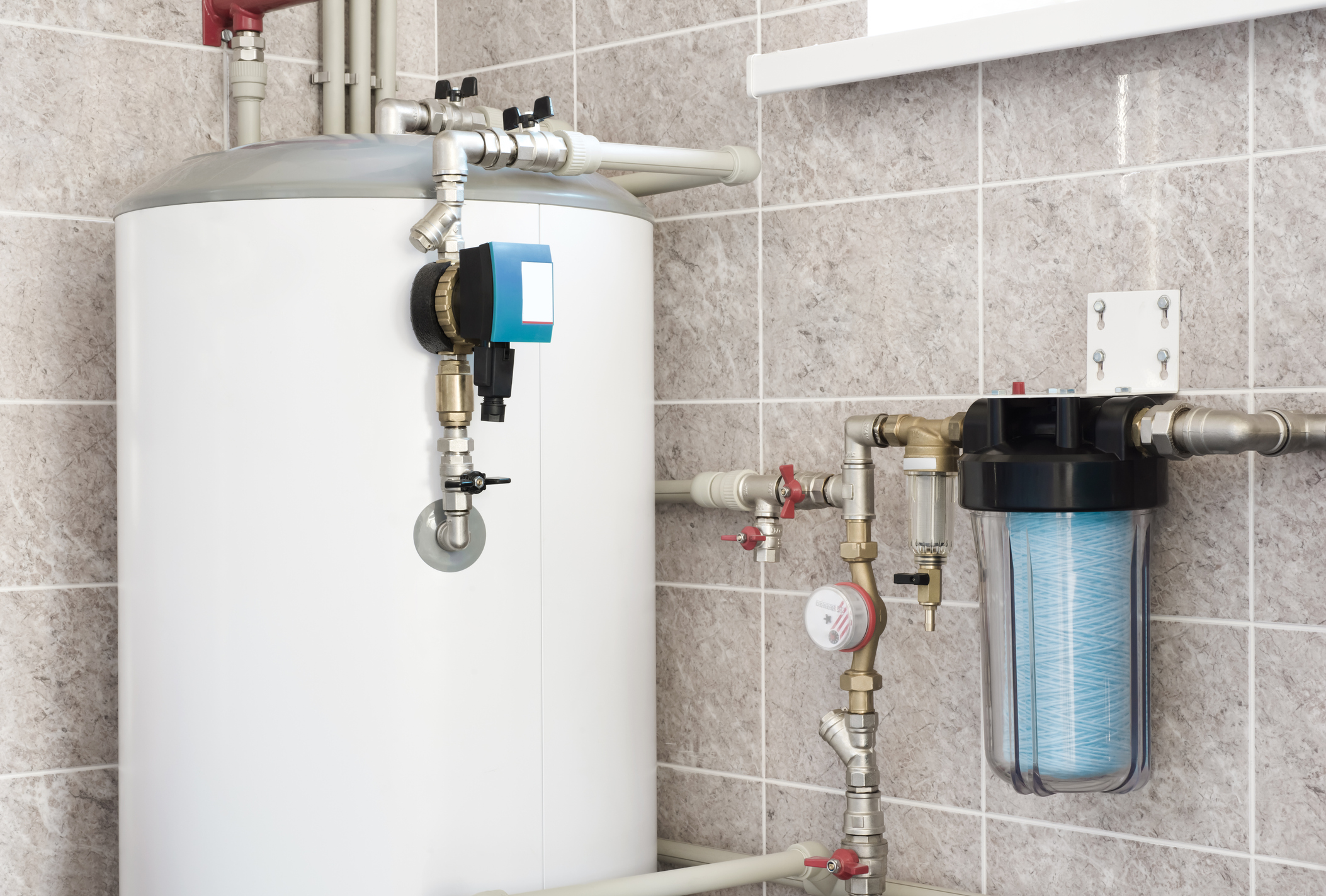Ways to Properly Care for Your Home's Hot Water System
Ways to Properly Care for Your Home's Hot Water System
Blog Article
The author is making several great points on Tips on Maintaining a Water Heater in general in this article underneath.

Warm water is essential for day-to-day comfort, whether it's for a rejuvenating shower or washing dishes. To guarantee your warm water system runs efficiently and lasts much longer, normal upkeep is vital. This short article supplies practical pointers and insights on how to preserve your home's hot water system to stay clear of disturbances and expensive repair services.
Introduction
Preserving your home's hot water system may seem challenging, however with a few basic steps, you can guarantee it runs smoothly for several years to find. This overview covers every little thing from comprehending your hot water system to DIY upkeep ideas and recognizing when to employ professional help.
Value of Preserving Your Warm Water System
Regular upkeep not just expands the life expectancy of your hot water system yet likewise ensures it operates efficiently. Disregarding maintenance can cause decreased effectiveness, higher energy bills, and also premature failure of the system.
Indications Your Warm Water System Requirements Maintenance
Understanding when your hot water system needs focus can protect against major concerns. Keep an eye out for signs such as inconsistent water temperature level, weird sounds from the heating unit, or corroded water.
Understanding Your Warm Water System
Before diving right into upkeep jobs, it's valuable to understand the fundamental elements of your warm water system. Generally, this includes the water heater itself, pipelines, anode poles, and temperature controls.
Monthly Maintenance Tasks
Normal regular monthly checks can help capture small issues prior to they escalate.
Flushing the Water Heater
Flushing your hot water heater eliminates sediment accumulation, enhancing effectiveness and extending its life.
Monitoring and Changing Anode Rods
Anode rods stop rust inside the container. Inspecting and replacing them when broken is important.
Examining and Changing Temperature Setups
Changing the temperature setups ensures optimum efficiency and safety.
DIY Tips for Upkeep
You can carry out several upkeep tasks on your own to keep your hot water system in top problem.
Checking for Leakages
On a regular basis inspect pipes and links for leaks, as these can bring about water damages and higher expenses.
Checking Pressure Alleviation Valves
Examining the stress relief valve ensures it functions properly and avoids excessive stress buildup.
Insulating Pipelines
Shielding hot water pipes minimizes heat loss and can conserve power.
When to Call a Specialist
While DIY upkeep is helpful, some issues call for specialist expertise.
Complex Concerns Requiring Specialist Assistance
Examples include major leaks, electric issues, or if your hot water heater is continually underperforming.
Routine Professional Upkeep Advantages
Specialist upkeep can consist of extensive inspections, tune-ups, and making certain conformity with safety and security requirements.
Conclusion
Normal maintenance of your home's hot water system is important for effectiveness, durability, and price financial savings. By following these ideas and knowing when to look for expert assistance, you can ensure a reliable supply of hot water without unanticipated interruptions.
How to Maintain an Instant Hot Water Heater
Before tinkering with your hot water heater, make sure that it’s not powered on. You also have to turn off the main circuit breaker and shut off the main gas line to prevent accidents. Also turn off the water valves connected to your unit to prevent water from flowing into and out of the appliance. 2. When you’re done, you have to detach the purge valves’ caps. These look like the letter “T†and are situated on either side of the water valves. Doing so will release any pressure that has accumulated inside the valves while at the same time avoid hot water from shooting out and burning your skin. 3. When the purge valves’ caps are removed, you have to connect your hosing lines to the valves. Your unit should have come with three hoses but if it didn’t, you can purchase these things from any hardware or home repair shops. You can also get them from retail stores that sell water heating systems. Read the user’s manual and follow it to complete this task properly. When the hosing lines are connected, open the purge port’s valves. 4. You should never use harsh chemical cleaners or solutions when cleaning your unit. Make use of white vinegar instead. It should be undiluted and you’ll probably use about 2 gallons. 5. Now flush your water heater. This task should probably take about 40 minutes. We can’t give you specific directions for this because the procedure is carried out depending on the type, model and brand of your heater. With that being said, refer to the user’s manual. 6. When you’re done draining the unit, you have to turn off the purge port valves again. Remove the hosing lines that you earlier installed on each of the water valves. Put the valve caps (purge port) back in their respective places and be very careful so as not to damage the rubber discs that are found inside these caps. 7. Now that everything’s back in place, check your user’s manual again to find out how to reactivate your water heating system. 8. Once it is working, turn one of your hot water faucets on just to let air pass through the heater’s water supply pipes. Leave the tap on until water flows smoothly out of it. https://www.orrplumbing.com/blog/2014/september/how-to-maintain-an-instant-hot-water-heater/

As a serious person who reads on Tips on Maintaining a Water Heater, I assumed sharing that piece of content was a smart idea. Appreciated our entry? Please quickly share it. Help other people check it out. I love reading our article about Tips on Maintaining a Water Heater.
Course Detail Report this page